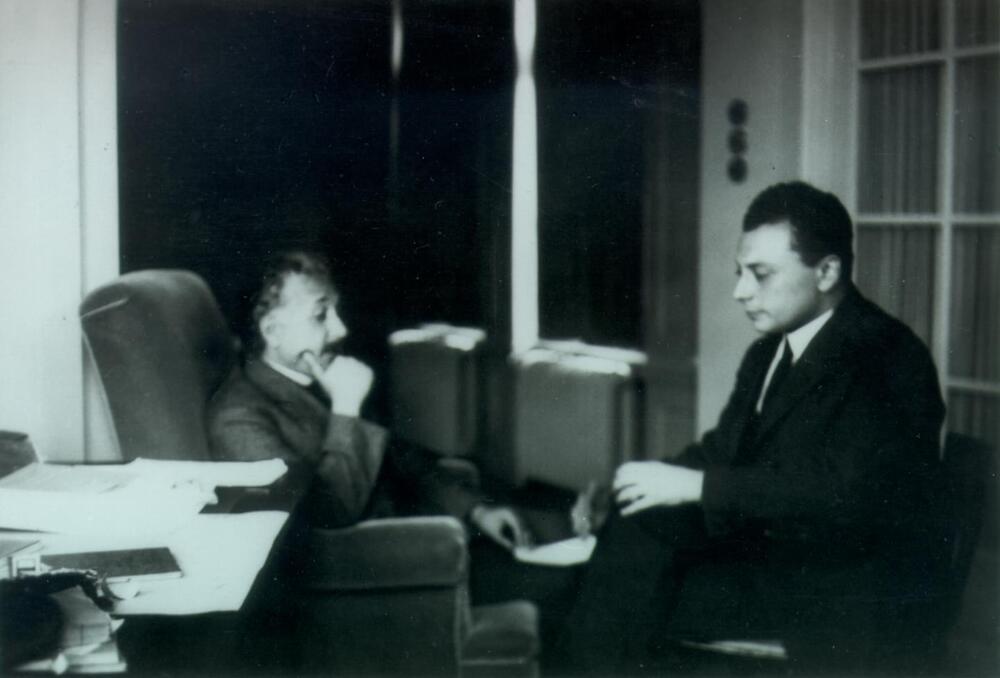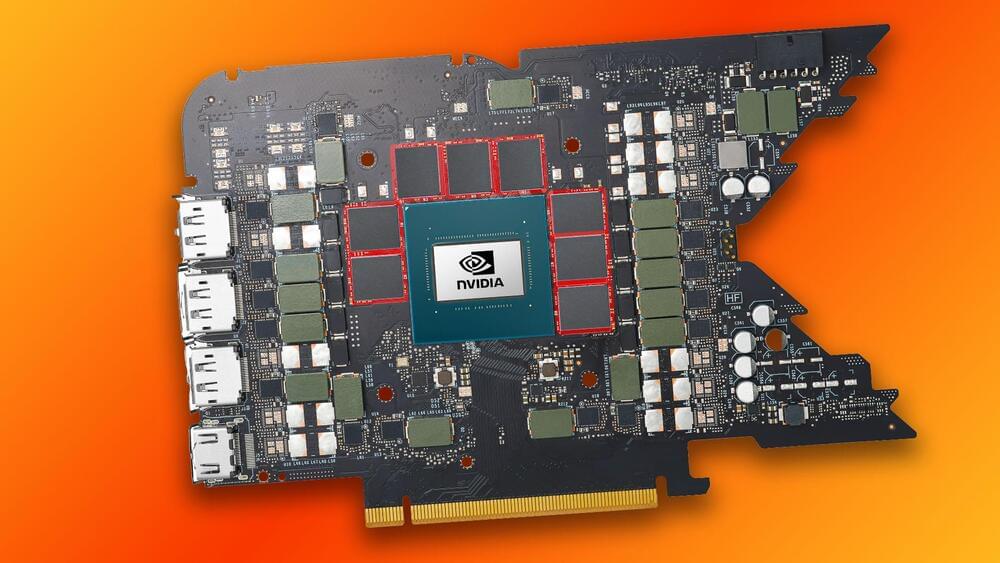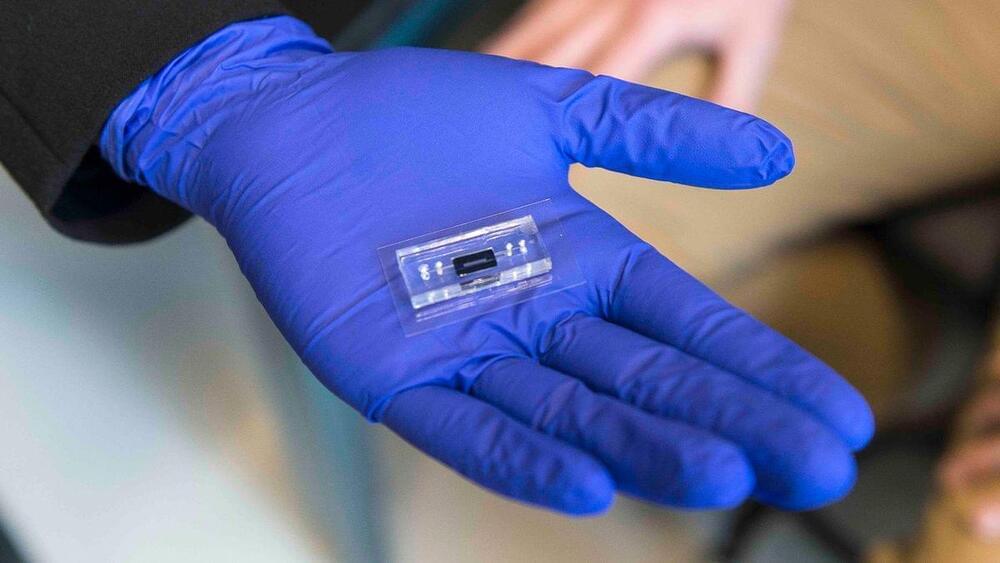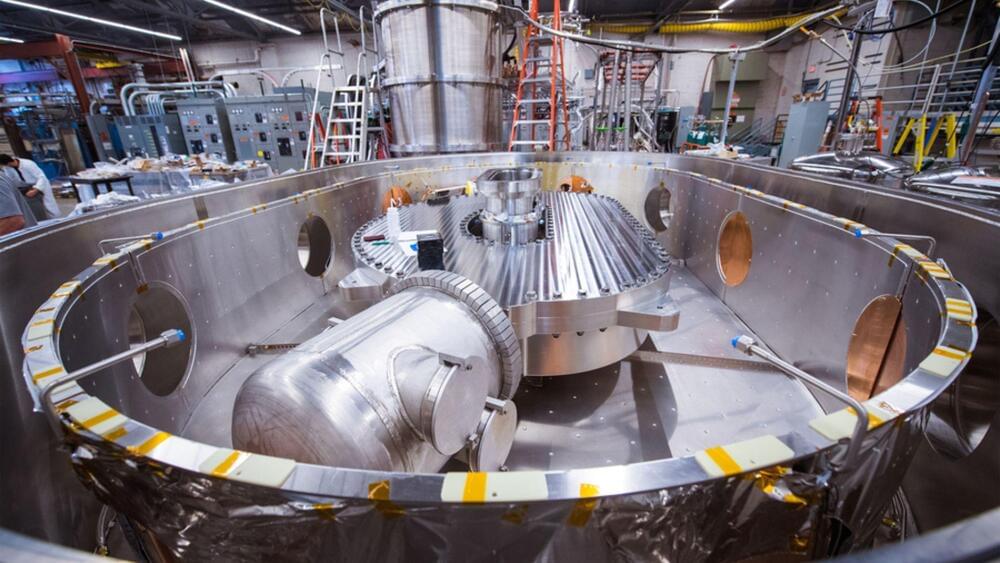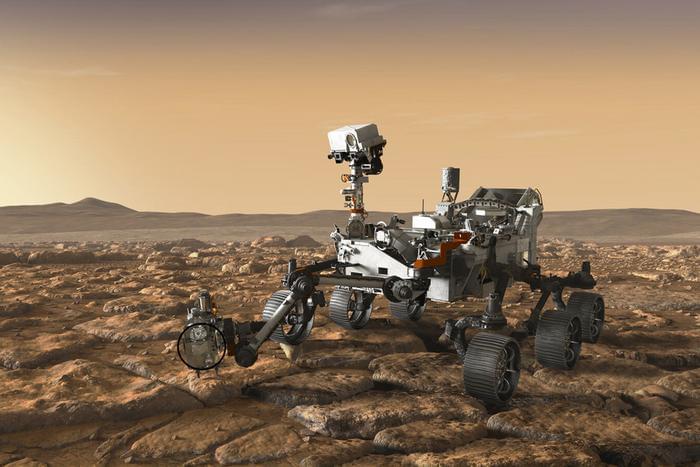
Can the ancient past of Mars be unlocked from knowing the orientation of rocks? This is what a study published today in Earth and Space Science hopes to address as an international team of researchers led by the Massachusetts Institute of Technology (MIT) investigated bedrock samples that were drilled by NASA’s Perseverance rover in Jezero Crater on Mars to ascertain the original orientation of the rocks prior to the drilling, with the orientation potentially providing clues about Mars’ magnetic field history and the conditions that existed on ancient Mars.
What makes this study unique is it marks the first time such a method is being conducted on another planet. Additionally, while orienting 3D objects is common on Earth, Perseverance is not equipped to perform such tasks. Therefore, this method had to be conducted using angles of the rover’s arm and using identifiers from the ground, as well. The team notes how this method could be applied to future in-situ studies, as well.
“The orientation of rocks can tell you something about any magnetic field that may have existed on the planet,” said Dr. Benjamin Weiss, who is a professor of planetary sciences at MIT and lead author of the study. “You can also study how water and lava flowed on the planet, the direction of the ancient wind, and tectonic processes, like what was uplifted and what sunk. So, it’s a dream to be able to orient bedrock on another planet, because it’s going to open up so many scientific investigations.”

